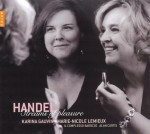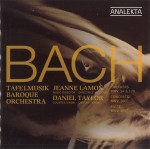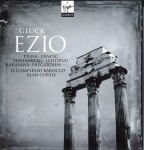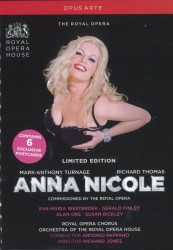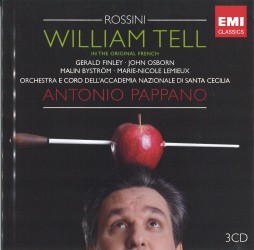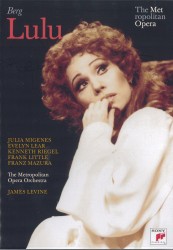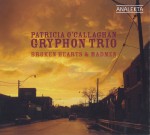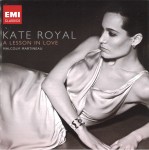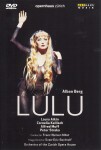Handel - Streams of Pleasure - Karina Gauvin; Marie-Nicole Lemieux; Il Complesso Barocco; Alan Curtis
Karina Gauvin; Marie-Nicole Lemieux; Il Complesso Barocco; Alan Curtis
Naïve V 5261
With the exception of Hercules, Alexander Balus and Theodora, the Handel oratorios on this disc clearly mark him as an Old Testament composer (in contrast with his contemporary, New Testament composer J.S. Bach). Handel composed oratorios almost exclusively in his later years and his choice of Old Testament historias such as Belshazzar, Susanna, Judas Maccabeus, Joseph and his Brethren, Joshua and Solomon offer every bit of dramatic variety as the operas he composed in his earlier career, albeit without the staging.
Just as in his operas, the oratorios offer many an opportunity to showcase both sopranos and contraltos through the use of stirring arias and duets. “Streams of Pleasure” indeed, with arias such as Crystal streams in murmurs flowing (Susanna) sung gorgeously by Karina Gauvin in all its sensuous beauty, contrasting brilliantly with the fiery Marie-Nicole Lemieux’s Fury with red sparkling eyes from Alexander Balus. Both sing with the warmest tenderness in the recording’s title love duet from Theodora and add a most regal tone in the more contrapuntal Welcome as the dawn (Solomon).
In the solo arias, both singers exploit the da capo form to the fullest with supremely virtuosic trills and ornamentations on the second round. Complesso Barocco’s superb ability to shine whilst still allowing the fullest expression of the singer is demonstrated best in the sighing pathos of violin and descending continuo parts that highlight the grief and resignation in My father (Hercules). An exquisite addition to one’s collection of Handel’s vocal music.
Concert Note: Karina Gauvin is featured in Toronto Symphony Orchestra performances of Britten’s Les Illuminations February 22 to 23 at Roy Thomson Hall.


